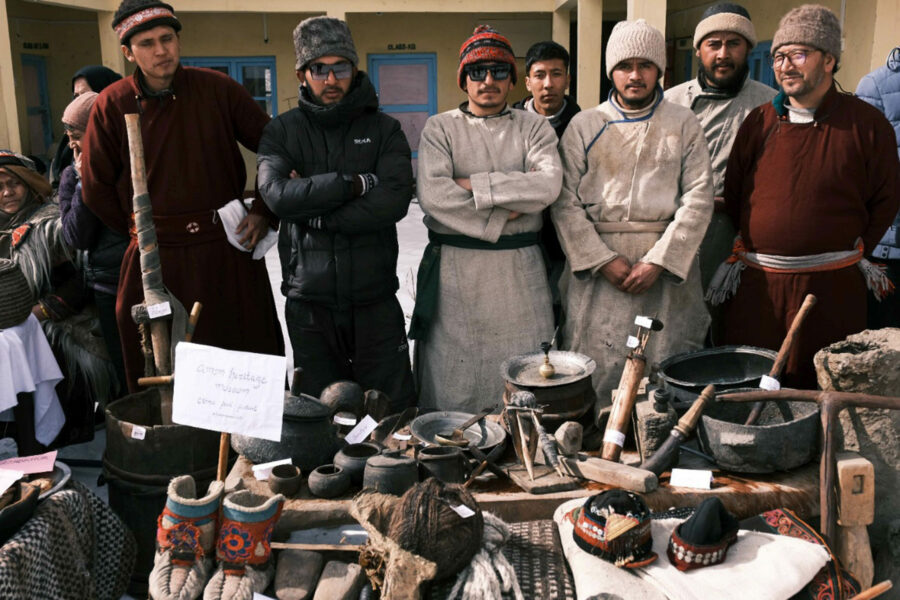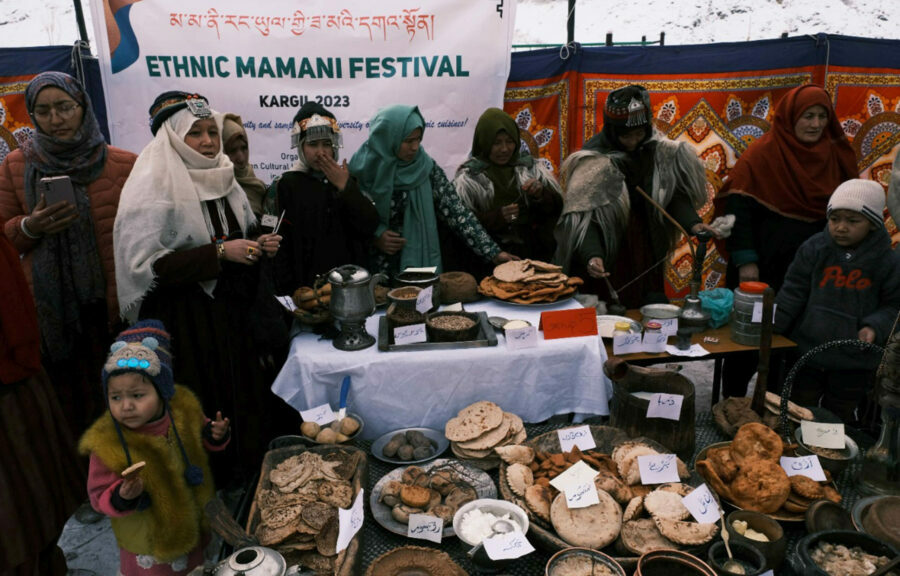[ad_1]
New Delhi: Advertisements should be banned for unhealthy food products, as it is increasing consumption of ultra processed foods which is in turn driving a surge in noncommunicable diseases (NCDs) like heart disease, stroke, cancer, diabetes and chronic lung disease, in India, according to an expert.
Speaking to IANS, Dr Arun Gupta, senior paediatrician, Convener of Nutrition Advocacy in Public Interest (NAPi) — a national think-tank on nutrition, said that India is sitting on a ticking time bomb for noncommunicable disease.
“There is enough evidence in the world, particularly, in the past five years, which shows the increasing consumption of ultra processed foods products, whether food or drinks, is linked to higher mortality, diabetes, cardiovascular disease (CVD), cancer, depression, kidney diseases and more” Dr Gupta.

About 60 per cent of deaths in the country are happening due to NCDs and it has been rising very sharply in the past 20 years.
India is also seeing a 25 per cent increase in obesity rates in the past five years, both in men and women.
So, I think there should be a ban on advertising by defining foods, which are healthy and unhealthy. Only healthy ones should be allowed to marketise, the unhealthy should not,” Dr Gupta said.
He explained that the ultra processed foods and drinks are those which are industrially manufactured. These are laden with chemical additives like flavours and emulsifiers, to increase its shelf life. These “can actually affect your microbiome”.
“Your food packet can be ultra-processed if it has more than 5 ingredients. Always read the label,” he said.
Being industrially formulated, it destroys the food matrix and then adding of these chemicals, causes inflammation in the body, which is the reason behind all these diseases, Dr Gupta said.
In addition, these foods are usually high on sugar, salt and flavours to “make it tasty, highly palatable so that people don’t stop eating them”.
This leads to overeating, which in turn causes obesity – the precursor of all the NCDs, including diabetes, he said.
Recently, a food influencer was threatened by Cadbury after he exposed in a viral post on Instagram that their nutritional drink Bournvita contains added sugar and colours which can be unhealthy.
According to Dr Gupta, people who can afford to eat a good diverse diet, which includes a good amount of vegetables or non vegetarian foods, and fruits, actually need not take additional nutritional drinks.
“It’s a fashion to drink more powders like Bournvita/Complan because of the aggressive marketing of the unhealthy products, where people think that I will be more healthy. But where is the marker of being more healthy? Some also claim that you can become tall and more strong? How does one get taller and stronger with their products?”
“Adding these chemicals, including added sugars, can make milk, which is already a healthy drink, unhealthy”.
He added he won’t even advise “consuming these products in moderation”.
While occasionally eating a mithai made at home or bought may not harm, eating industrially processed food or drinks can have serious health effects, Dr Gupta told IANS.
“About 20 years back nobody knew the harmful effects but now we know. So first thing, avoid any product which is advertised which is harmful to us”.
Besides adult men and women, the NCDs are also rising in children owing to heavy marketing of unhealthy food and drinks.
“Children should be kept away from these advertisements, if not, they should be told that these are harmful products, they’re not good for health, even though the company claims otherwise.
His advice to parents: “Do not buy anything which is advertised as a food product”.
[ad_2]
#Expert #calls #ban #advertisement #unhealthy #foods
( With inputs from www.siasat.com )


